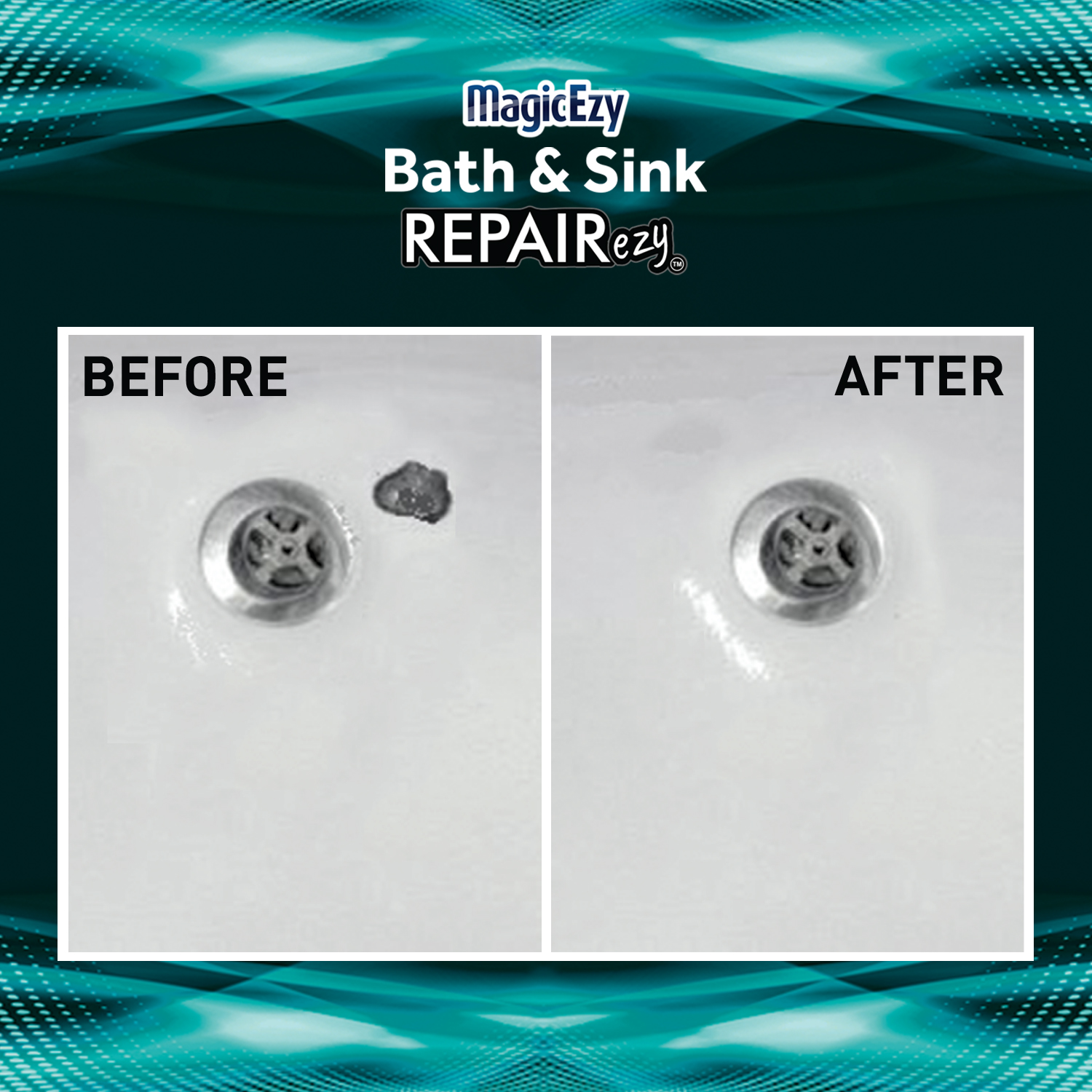Common Bathroom Sink Issues and Repair Options: Bathroom Sink Repair Kit

Bathroom sink repair kit – Bathroom sinks are an integral part of any household, but they can also be prone to various issues that require repair or maintenance. Common problems include leaks, clogs, and cracks, which can be caused by a range of factors such as improper installation, wear and tear, or corrosion.
If you’re facing a leaky bathroom sink, a repair kit can be your savior. These kits often include replacement parts like washers and seals, making it easy to fix minor issues yourself. But if you’re dealing with a more complex problem, such as a faulty faucet or a damaged sink, it may be time to consider a replacement.
For a unique and stylish upgrade, check out trough bathroom sinks with two faucets. These sinks feature a long, rectangular shape and dual faucets, adding a touch of elegance to any bathroom. And don’t forget, a bathroom sink repair kit can also come in handy for maintaining your new sink, ensuring it stays in top condition for years to come.
Addressing these issues promptly is essential to prevent further damage and ensure the proper functioning of the sink. Depending on the severity of the problem, DIY repairs may be feasible, but it’s generally recommended to consult a professional plumber for more complex issues or if you lack the necessary skills or tools.
With a bathroom sink repair kit, you can easily fix leaks and cracks in your bathroom sink. If you’re looking for a new sink, lowes bathroom pedestal sink has a wide selection of sinks to choose from. Once you’ve chosen a new sink, you can use the bathroom sink repair kit to install it yourself.
Leaks
- Causes: Loose connections, worn-out gaskets, or damaged pipes.
- DIY Repair: Tighten loose connections, replace gaskets, or use plumber’s putty to seal leaks.
- Professional Repair: If the leak is persistent or complex, it’s best to call a plumber to identify the root cause and implement a permanent solution.
Clogs
- Causes: Hair, soap scum, toothpaste, or other debris accumulating in the drain.
- DIY Repair: Use a drain snake or chemical drain cleaner to remove the blockage.
- Professional Repair: For severe clogs or if the DIY methods fail, a plumber can use specialized equipment to clear the drain effectively.
Cracks
- Causes: Impact damage, excessive weight, or thermal stress.
- DIY Repair: Small cracks can be repaired using a porcelain repair kit or epoxy.
- Professional Repair: For larger cracks or structural damage, it’s advisable to replace the sink to ensure its integrity and functionality.
Choosing the Right Bathroom Sink Repair Kit

Selecting the appropriate bathroom sink repair kit is crucial to ensure a successful repair. Consider the following factors when choosing a kit:
Sink Material
The type of sink material determines the compatible repair kit. Common materials include:
- Porcelain: Kits designed for porcelain sinks typically contain epoxy or porcelain filler.
- Ceramic: Similar to porcelain, ceramic sinks require kits specifically formulated for ceramic materials.
- Acrylic: Acrylic sinks require kits containing acrylic resin or bonding agents.
Kit Components
Repair kits vary in their components, depending on the intended purpose. Some common components include:
- Epoxy or Porcelain Filler: For filling cracks and chips in porcelain or ceramic sinks.
- Acrylic Resin: For repairing cracks and holes in acrylic sinks.
- Bonding Agents: For adhering loose or cracked sink components.
- Sandpaper: For smoothing and preparing surfaces before repair.
- Applicators: For applying the repair materials.
Size and Type
Choose a kit that matches the size and type of damage. For minor cracks or chips, a small repair kit may suffice. For larger or more severe damage, a more comprehensive kit with additional components may be necessary.
Step-by-Step Bathroom Sink Repair Using a Repair Kit

Using a bathroom sink repair kit can be an effective way to fix common issues like cracks, chips, and leaks. Here’s a detailed guide to help you use a repair kit effectively:
Before you begin, gather the necessary tools and materials, including the repair kit, sandpaper, a clean cloth, and a utility knife. Ensure the work area is well-ventilated and wear gloves for protection.
Preparing the Sink Surface
Start by cleaning the sink surface thoroughly with a damp cloth. Remove any dirt or debris that may interfere with the repair. Use sandpaper to lightly sand the area around the damaged section, creating a rough surface for the repair material to adhere to.
Applying the Repair Material
Follow the instructions provided with the repair kit for mixing and applying the repair material. Typically, you’ll need to mix a resin and a hardener together. Apply the mixture to the damaged area, ensuring it fills any cracks or chips completely.
Smoothing and Shaping, Bathroom sink repair kit
Once the repair material is applied, use a damp cloth or a plastic scraper to smooth and shape it. Remove any excess material and create a seamless transition between the repaired area and the rest of the sink surface.
Curing and Finishing
Allow the repair material to cure completely according to the manufacturer’s instructions. This may take several hours or even days. Once cured, use a utility knife to trim any excess material and sand the repaired area to match the surrounding surface.
Troubleshooting Tips
If you encounter any issues during the repair process, here are some troubleshooting tips:
- The repair material is not adhering properly: Ensure the sink surface is clean and dry before applying the repair material. Use a stronger adhesive or epoxy if necessary.
- The repair material is cracking or peeling: The repair material may not have been mixed correctly or applied properly. Remove the old material and start the repair process again.
- The repair area is still leaking: The damage may be more extensive than initially thought. Consider replacing the sink or calling a professional plumber for assistance.